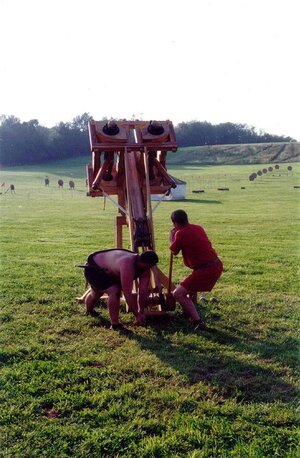This is just a passing thought I would like to mention, as we have on this site dimensions given in metric and imperial.
I remember back in my school days and slightly beyond we used pounds, shillings and pence as our national currency in the UK. Weight was in pounds, ounces, stones, etc and length in miles, feet and inches, depth in fathoms, and so on. Mainland Europe was 'far away', and so the continental influence was negligible.
Then came Feb 15th 1971 and it all changed. Decimal currency was hailed in, part of the preparations for joining the common market. Gradually, not overnight as pounds and shillings were used alongside the new currency of pounds and pence. And so we were faced no longer with having to calculate in 12es, 16es, etc. but having to contend with the so much more "difficult" (irony) combinations of 10s. What a relief that was. At last one could calculate using the metric system in ones head! The forms of weights and measures in decimal came in later.
50 years on and the metric system has become imbedded in the UK way of life, although miles are still used as distance on road signs, but liters as an amount when filling up the car.
As I say, just a passing thought. Closing, I believe, and I stand corrected if this should not be the case, that there are only three countries in the world which still use the imperial system of measurement, namely United States, Myanmar and Liberia.
Have a good weekend,
Trevor.
I remember back in my school days and slightly beyond we used pounds, shillings and pence as our national currency in the UK. Weight was in pounds, ounces, stones, etc and length in miles, feet and inches, depth in fathoms, and so on. Mainland Europe was 'far away', and so the continental influence was negligible.
Then came Feb 15th 1971 and it all changed. Decimal currency was hailed in, part of the preparations for joining the common market. Gradually, not overnight as pounds and shillings were used alongside the new currency of pounds and pence. And so we were faced no longer with having to calculate in 12es, 16es, etc. but having to contend with the so much more "difficult" (irony) combinations of 10s. What a relief that was. At last one could calculate using the metric system in ones head! The forms of weights and measures in decimal came in later.
50 years on and the metric system has become imbedded in the UK way of life, although miles are still used as distance on road signs, but liters as an amount when filling up the car.
As I say, just a passing thought. Closing, I believe, and I stand corrected if this should not be the case, that there are only three countries in the world which still use the imperial system of measurement, namely United States, Myanmar and Liberia.
Have a good weekend,
Trevor.








